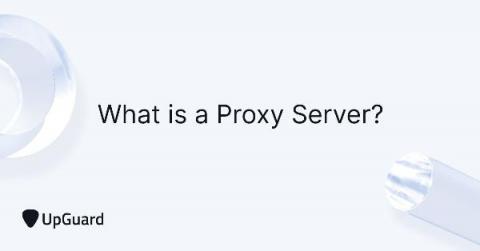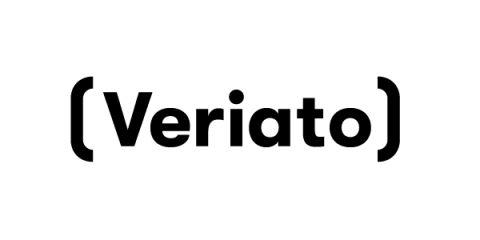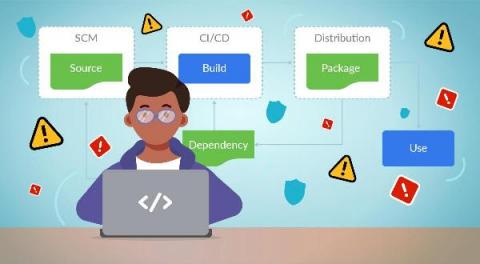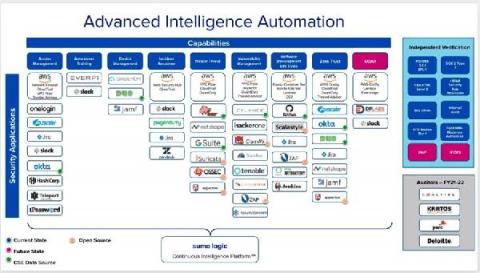What is a Proxy Server? How it Works and Critical Risks in 2021
A proxy server is an intermediary server that retrieves data from an Internet source, such as a webpage, on behalf of a user. Proxy servers have many different uses, depending on their configuration and type. Common uses include facilitating anonymous Internet browsing, bypassing geo-blocking, and regulating web requests. Like any device connected over the Internet, proxies have associated cybersecurity risks that users should consider before use.










